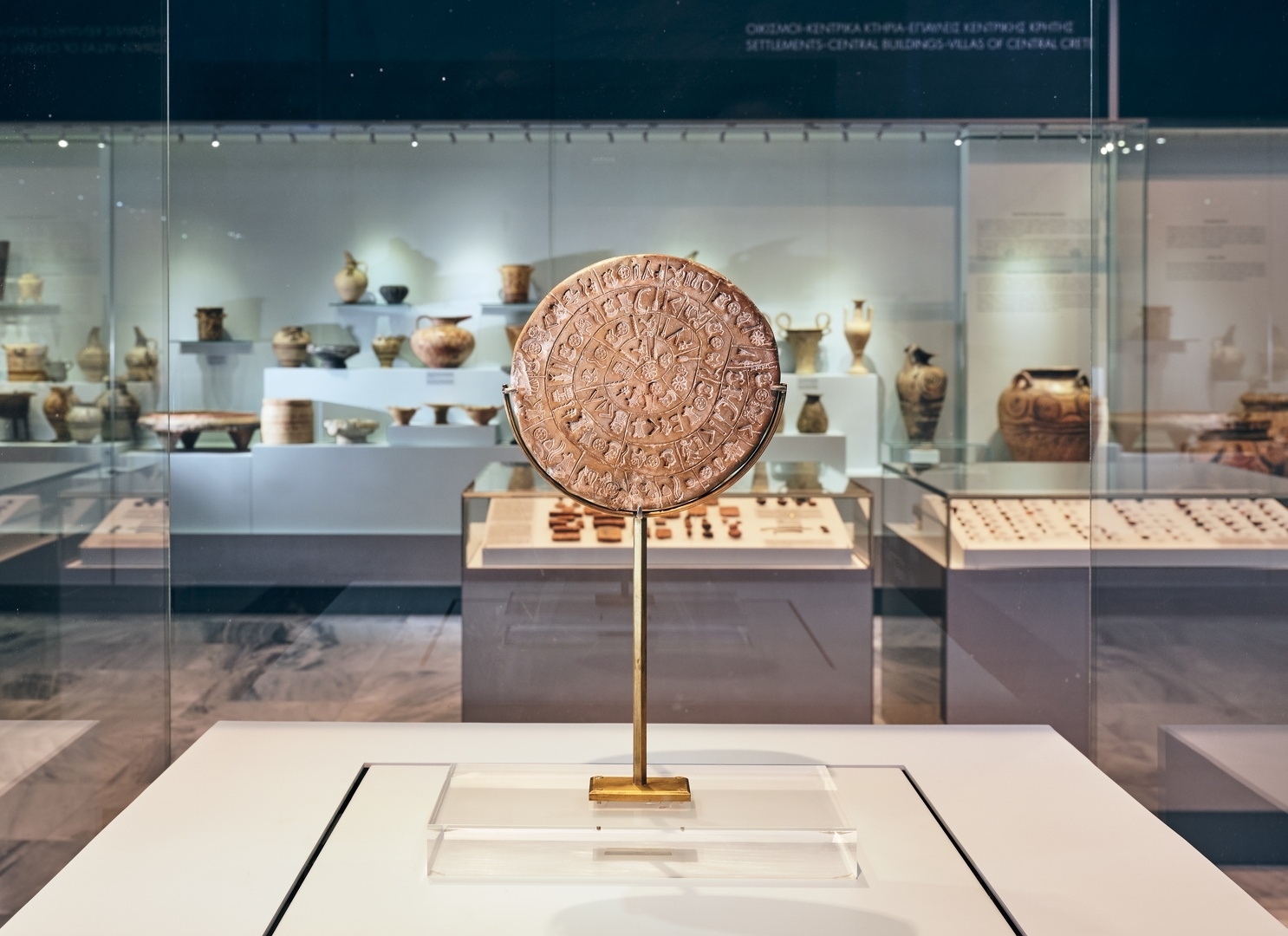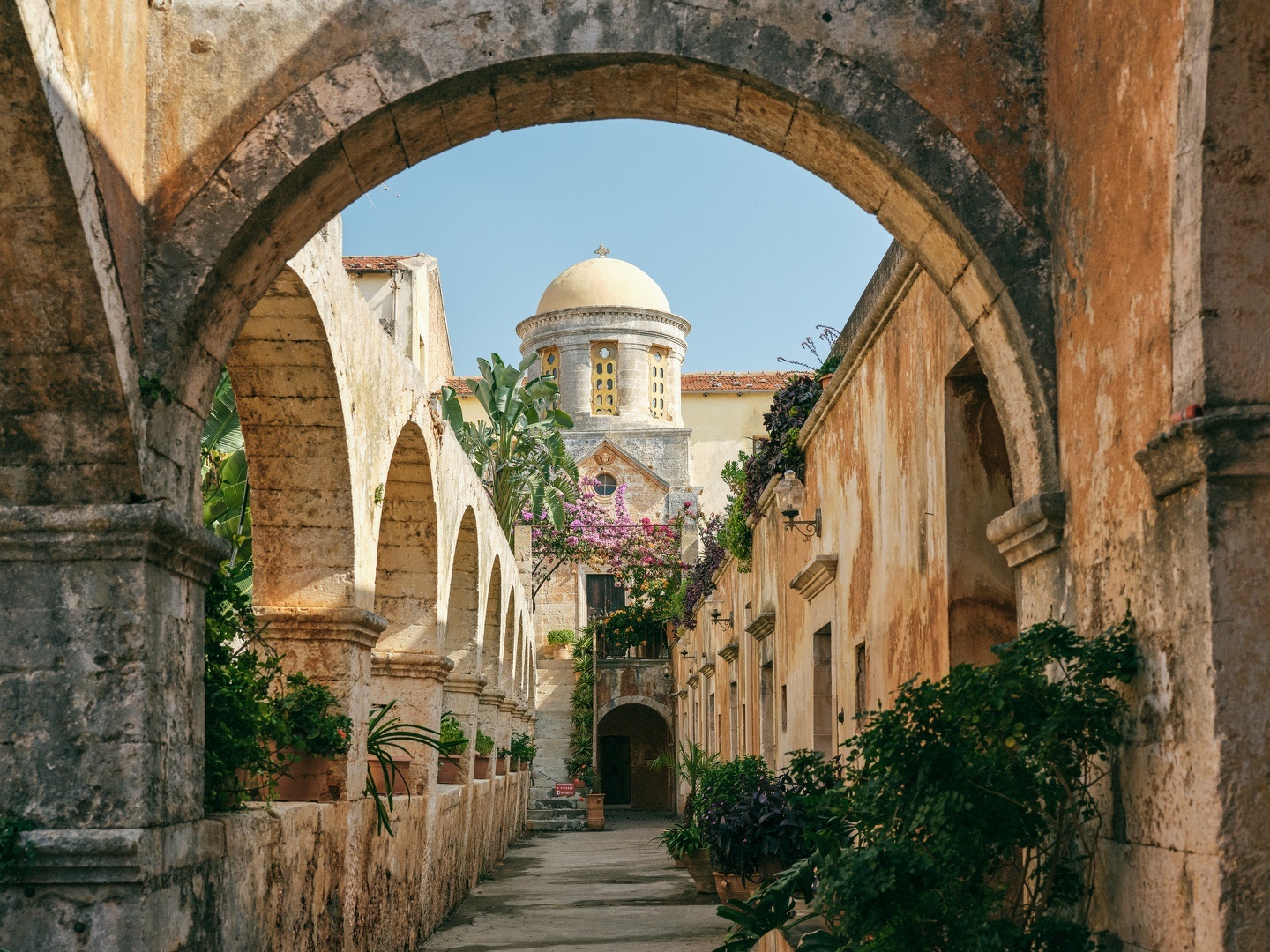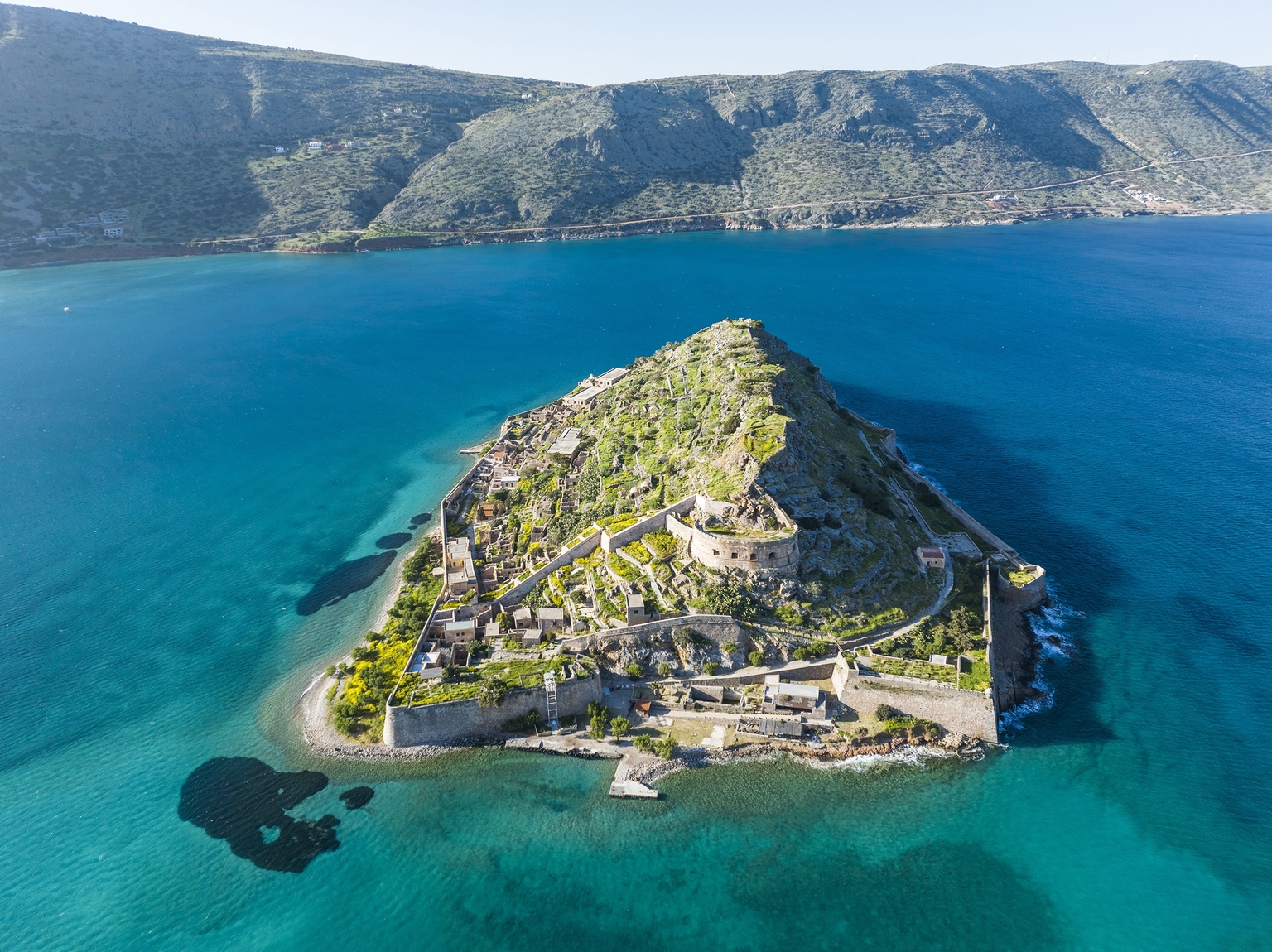Mediterranean Shame-Faced Crab
It frequently buries itself in the sand.
Discover how it captures its prey!
The Mediterranean shame-faced crab, Calappa granulata, has a penchant for concealment. It frequently finds itself ensconced in the sand, and when it opts to emerge, it consistently positions its large claws in front of its head, as if seeking refuge behind them. This crab inhabits muddy seabeds, typically at depths ranging from 30 to 150 metres, and sustains itself by consuming crustaceans, fish, and cephalopods.
The claws of the shame-faced crab are broad and flattened, creating an impressive appearance despite lacking significant power. These claws serve dual purposes—they aid in concealment and are instrumental in digging through the mud. A close observation of the right pincer unveils this crab's unique tool: a scissor-like mechanism. Using the left pincer, it seizes its prey, and with the scissor-like action of the right pincer, it adeptly cuts through it.
Photos: By Theano Dandari
The shame-faced crab can be observed in the tanks at the Aquarium of Crete.

CRETΑquarium
































